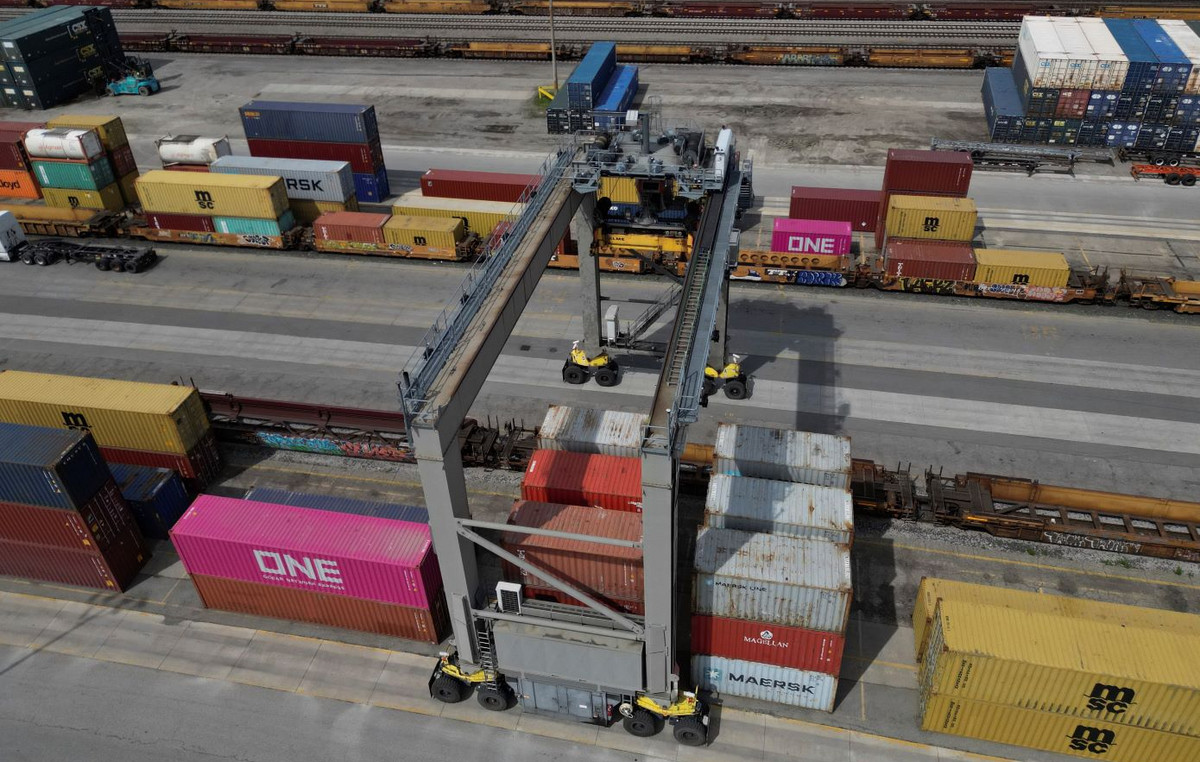Of Costa Rapti
The indivisible third brings them closer. And it imposes compromise solutions on old territorial disputes, in order to strengthen the unity of the Atlantic Alliance.
This is the case of the uninhabited Arctic island of Hans, which for 49 years has been the apple of contention between Denmark and Canada.
The Isle of Hans, called Tartupaluk in the Inuit (Eskimo) language, is just 1.3 square miles[1.3 sq km]in the middle of the Kennedy Strait, which separates Greenland from the island of Elesmir in the Nunavut region of Canada.
Sovereignty over the island is the most important issue that has remained unresolved since Canada and Denmark (which handles the otherwise autonomous country of Greenland) delimited a continental shelf in 1973.
The dispute began to escalate in 1983 when it was discovered that Dome Petroleum was conducting hydrocarbon exploration in the area and the result was that the two sides began symbolic gestures to claim the island.
In 1984 the Danish Ministry of Greenland placed the country’s flag in Hans and left a bottle of old Danish brandy as usual. The Canadians soon followed, raising their own flag and dropping a bottle of Canadian whiskey.
The Canadian military exercises, involving about 600 men, in 2004 and the Canadian Defense Secretary’s visit to the islet in 2005 brought the issue back to the forefront, but did not derail bilateral relations.
In 2012, Danish-Canadian negotiations began on the scenarios of condominium on the island or its division, while in 2018 a multinational Working Group was created to define the borders more precisely.
It all came to a happy end yesterday, Tuesday, when Canadian Foreign Minister Melanie Jolie, Danish counterpart Gepe Cofod and Greenland Prime Minister Muci Poirop Ede signed an agreement in Ottawa with a border crossing near the center. imaginary line from north to south, which results from the 1973 continental shelf demarcation points.
A new 1,280-meter-long border is created, and Canada and Denmark acquire their second land neighbor, beyond the United States and Germany respectively. The agreement will enter into force as soon as it is ratified by the parliaments of the two states and the local parliaments of Greenland and Nunavut.
Among other things, the agreement on the islet of Hans, which is 18 kilometers from both shores, consolidates the sovereignty of both sides in waters that third parties would like to remain international.
Both foreign ministers stressed the importance of the agreement as an example of the peaceful resolution of disputes through diplomacy and the rule of law, at a time when “authoritarian leaders believe they can redraw the border by force,” Jolie said.
It is unlikely that Tayyip Erdogan would have kept in mind what he is finally saying about similar issues. It is apparently the “Russian threat” that led the two NATO allies to close the stalemate.
After all, the Arctic is an object of increasing interest from more and more forces, while climate change, which is expected to lead to the emergence of more islands so far covered by a layer of ice, will multiply the objects of claim. It is recalled that a Russian submarine in 2007 placed a titanium capsule with the Russian flag at the bottom of the North Pole.
However, the “whiskey war”, as it was called, or “the friendliest of wars”, as Jolie called it, inspires more pessimism than the opposite. It shows that even countries with strong ties are able to defend their claims with the utmost perseverance, even if they concern something seemingly insignificant.
The symbolic power of issues of sovereignty can not be underestimated and international law does not offer advance answers. More precisely, international law is “written” on the road on the basis of precedents.
Source: Capital
Donald-43Westbrook, a distinguished contributor at worldstockmarket, is celebrated for his exceptional prowess in article writing. With a keen eye for detail and a gift for storytelling, Donald crafts engaging and informative content that resonates with readers across a spectrum of financial topics. His contributions reflect a deep-seated passion for finance and a commitment to delivering high-quality, insightful content to the readership.







